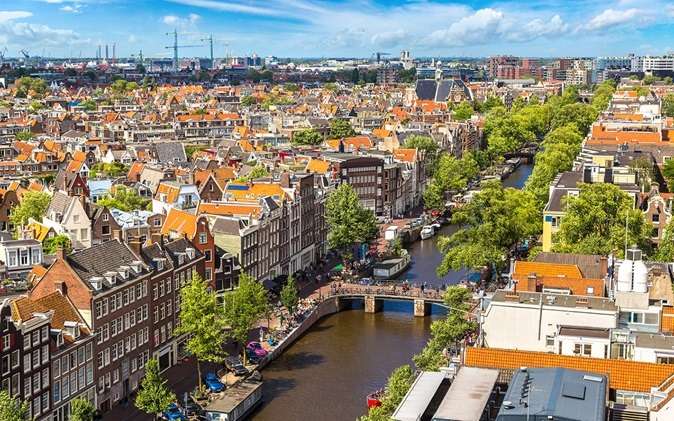The Commission issued positive preliminary assessments of the Netherlands’ payment request for €1.18 billion and Denmark’s payment request for €128 million under NextGenerationEU, the centrepiece of Europe’s recovery efforts to build a greener, more digital and competitive Union.
The Commission preliminarily concluded that the Netherlands and Denmark have fulfilled the milestones and targets required for these payments, financed under the Recovery and Resilience Facility, the key instrument of NextGenerationEU.
In the Netherlands, it follows the implementation of seven reforms relating to environmental taxation, residential construction procedures, aggressive tax planning and a priority framework for electricity grid investments; and ten investments in green hydrogen, rehabilitation of pig farms, training and career advice for individuals, rail traffic management, intelligent roadside stations, digitalisation of criminal justice and intensive care units in hospitals.
NextGenerationEU
Flagship measures in this payment request include:
- Delivering 900,000 new homes by 2030: new agreements between provinces and municipalities foresee the realisation of 900,000 new dwellings nationally. At least 600,000 of them shall be affordable. The agreements set binding commitments, backed by state funding and a clear timeline.
- Strengthening intensive care capacity: More than 50 hospitals have upgraded their facilities to expand intensive care unit in times of crisis. This investment ensures hospitals can respond swiftly, for example, to pandemics, increasing the number of intensive care beds when needed.
In Denmark, it follows the implementation of two reforms and five investments that entails positive changes for citizens and businesses in the fields of health, digitalisation, green taxation, rehabilitation of industrial sites, carbon capture and storage, and investments in research and development.
Flagship measures in this payment request include:
- Cutting CO2 emissions through a Green Tax Reform: Denmark’s new carbon tax now covers previously exempt sectors, and balances climate ambition with economic fairness by combining targeted taxation with incentives that help businesses invest in cleaner technologies.
- Cleaning up decades-old industrial pollution: Severely contaminated sites across Denmark—including Harboøre Tange, Himmark Strand, and Grindstedværket—are being rehabilitated after years of environmental threat. This state-backed effort protects public health, restores nature, and addresses pollution that has affected local communities for generations.
Next steps
The Commission has sent its preliminary assessments to the Economic and Financial Committee, which has four weeks to deliver its opinions. Following positive opinions, the Commission will adopt payment decisions enabling the €1.18 billion disbursement to the Netherlands and €128 million disbursement to Denmark.
Background
Denmark and the Netherlands’ Recovery and Resilience Plans set out wide-ranging investments and reforms aimed at making their economies and societies more sustainable, resilient, and prepared for the green and digital transitions. Under the Recovery and Resilience Facility, €5.4 billion has been allocated to the Netherlands and €1.6 billion to Denmark to support their implementation.
As part of this process, the Netherlands submitted its payment request on 13 December 2024, based on the implementation of 21 milestones and targets, set out in their plan. Denmark followed on 19 December 2024, having met 7 milestones and targets. These requests represent the second instalment for the Netherlands and the third for Denmark under their respective plans.
Once these payment are completed, the total funds disbursed to the Netherlands under the Recovery and Resilience Facility will reach €2.5 billion, covering 38% of all milestones and targets in the plan. The total funds disbursed to Denmark will reach €1.1 billion, with 56% of all the milestones and targets in the plan fulfilled.






